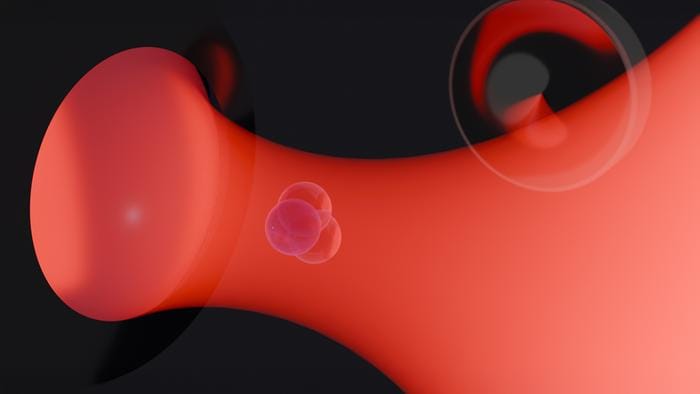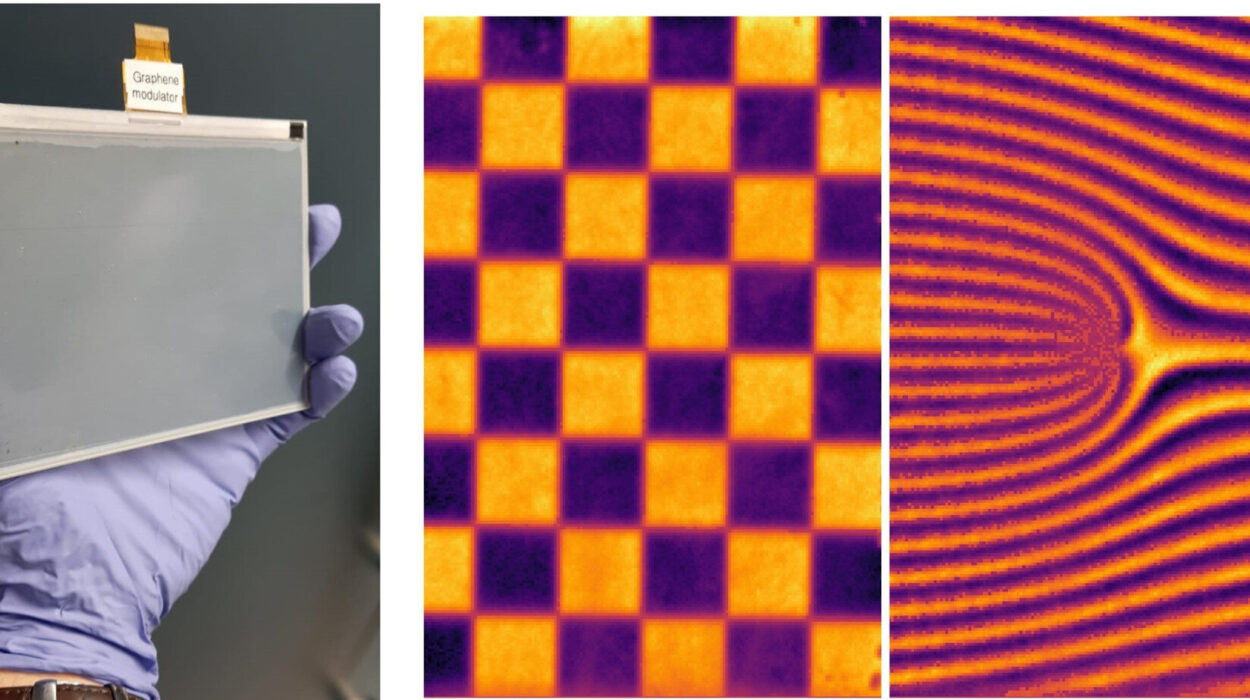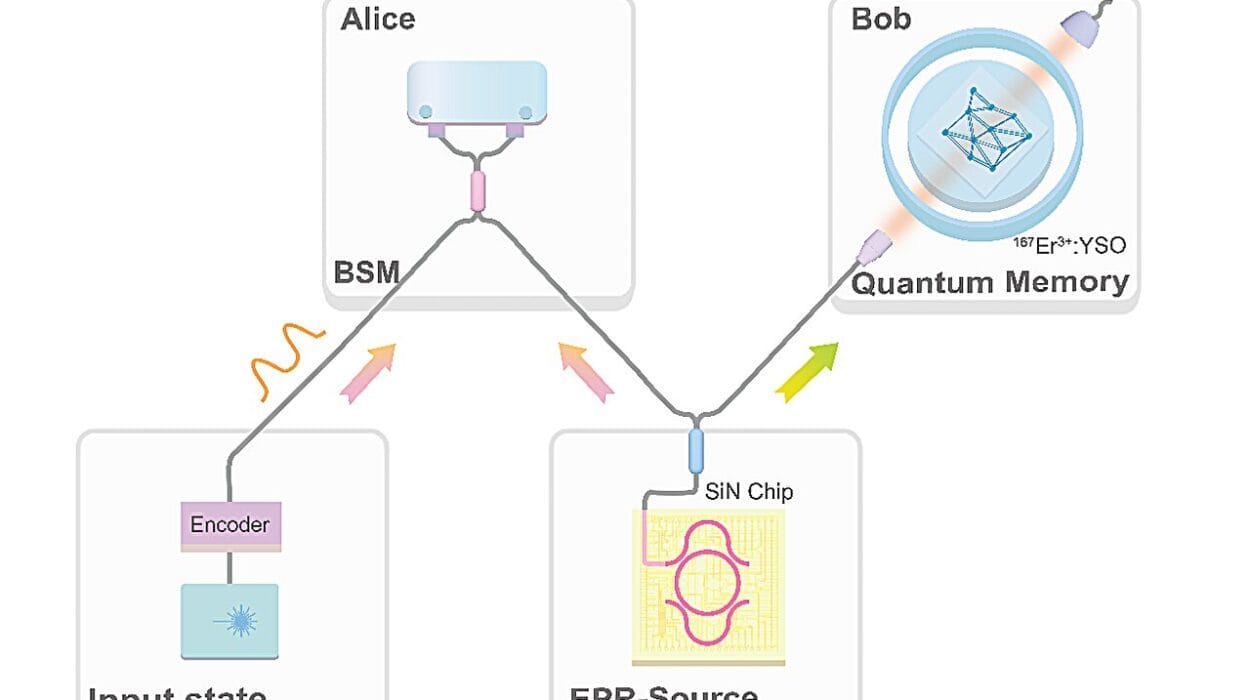It is easy to imagine quantum computers as near-magical machines—devices so powerful that they can solve problems beyond the reach of classical computers. Their foundation, the quantum bit, or qubit, allows them to process countless possibilities at once through the bizarre laws of quantum mechanics. From simulating molecules to cracking cryptography, quantum computers promise to reshape the future of science and technology.
But what happens when even these extraordinary machines meet a problem they can’t handle? That is precisely what a team led by Thomas Schuster at the California Institute of Technology (Caltech) has uncovered. Their recent research, published on the arXiv preprint server, presents a paradoxical discovery: some questions about the nature of matter itself are too complex for any quantum computer to solve efficiently.
This revelation doesn’t merely challenge our understanding of computational limits—it probes something deeper about the very structure of the universe.
The Strange World of Quantum Phases
In our everyday experience, matter exists in familiar forms: solid, liquid, gas, and plasma. We can easily distinguish one from another—a puddle of water looks very different from steam rising off a hot stove. But in the quantum realm, these distinctions dissolve into a blur of probabilities and wave functions.
At temperatures close to absolute zero, matter behaves in entirely new ways. Quantum mechanics, not classical physics, dictates how particles move, interact, and organize. Under these extreme conditions, quantum phases of matter emerge—forms that defy traditional categorization.
Some of these phases include superconductors, which conduct electricity without resistance, and Bose-Einstein condensates, where atoms act as a single quantum entity. Others are far more exotic, like topological phases that depend not on how atoms are arranged in space but on how their quantum states twist and connect in higher dimensions.
As the researchers note, “Quantum mechanics has unveiled entirely new phases of matter, including topological order and symmetry-protected topological phases. The ability to identify and characterize these diverse phases of matter is of fundamental interest across physics and information science and crucial for advancing quantum technologies.”
In simpler terms, understanding these phases isn’t just about curiosity—it’s key to building the next generation of quantum devices.
A Problem Too Hard for Quantum Machines
At first glance, it might seem that identifying a phase of matter should be straightforward for a quantum computer. After all, if a quantum machine can model and simulate the interactions between countless particles, shouldn’t it easily recognize the “signature” of a quantum phase?
Yet Schuster and his team discovered a stunning limitation. They presented quantum computers with a problem: given information about a quantum state, could the computer determine which phase of matter it belonged to?
The answer was startling. The task turned out to be quantum computationally hard—so difficult that even a quantum computer would take an impractically long time to solve it.
The challenge arises from something called the correlation length, a measure of how far the influence of one part of a quantum system extends to another. When this correlation range grows, the complexity of the system increases dramatically. The researchers showed that the computation time grows exponentially with the correlation length. In some cases, the time required becomes so vast that, for all practical purposes, the problem is unsolvable.
To put this in perspective, imagine a problem that takes a classical computer billions of years to solve. You might hope a quantum computer could handle it in seconds. But in this case, both machines face the same wall of impossibility—the kind of task that no machine, no matter how advanced, can complete efficiently.
When Phases Become Unrecognizable
The Caltech team found that this hardness extends across a wide variety of phases—including symmetry-breaking phases, symmetry-protected topological (SPT) phases, and even some classical systems. This means that the difficulty isn’t limited to obscure quantum states; it’s woven into the structure of physical reality itself.
The researchers write, “There exist classical and quantum states whose phase of matter is precisely defined, yet is impossible to recognize in any efficient quantum experiment.”
In other words, there may be physical systems whose true nature is, in principle, beyond discovery—no algorithm, no device, and no experiment can efficiently reveal what kind of phase they are in.
That statement carries a profound philosophical weight. It suggests that the universe might contain truths that are fundamentally inaccessible, not because our tools are insufficient, but because those truths lie beyond the reach of computation itself.
The Nature of the Impossible
This is not the first time Schuster’s team has encountered such limits. In earlier work on randomness and quantum computers, the group explored how certain properties of quantum systems defy easy classification or prediction. They wrote that “evolution time, phases of matter, and causal structure are probably hard to learn through conventional quantum experiments,” hinting at a deeper boundary between what can be known and what cannot.
Their new findings reinforce this unsettling idea: some aspects of reality may be inherently unknowable, even in a world governed by mathematical laws.
It challenges a common belief in science—that with enough data and computational power, everything is ultimately measurable and understandable. Physics has long sought to describe the universe with elegant equations, from Newton’s laws to Einstein’s relativity and Schrödinger’s wave equation. But quantum computational hardness introduces a new kind of mystery: not everything that exists can be efficiently decoded, not even by the universe’s own most powerful kind of computer.
Why This Matters for the Future of Science
The implications of this discovery stretch far beyond academic curiosity. If certain properties of matter are computationally unrecognizable, it means that some physical classifications may remain forever hidden, even with perfect quantum technology.
For physicists, this could reshape how research is conducted. Rather than seeking perfect solutions to every problem, scientists might focus on approximate or probabilistic methods—ways of identifying phases that work most of the time, even if they can never guarantee complete certainty.
The researchers suggest that future work might explore which physical properties make phase recognition easier in practice. There may be shortcuts or patterns that allow scientists to identify certain states efficiently, even when the theoretical “worst case” remains impossible.
Additionally, studying ground states of constant-local Hamiltonians—simpler quantum systems with limited local interactions—may offer insights into when and why recognition becomes feasible.
This ongoing exploration could illuminate not only the practical limits of computation but also the deep boundaries of human knowledge.
The Human Side of an Unsolvable Mystery
There is something profoundly humbling about this discovery. Science often progresses by breaking limits—flying faster, computing faster, seeing farther. The invention of the telescope, the discovery of DNA, the creation of quantum computers—all seemed to bring us closer to ultimate understanding.
Yet Schuster’s research reminds us that the universe still guards its secrets. Some problems are not just difficult—they are impossible to solve within the fabric of logic itself.
Still, the drive to understand does not end here. The very act of discovering such a boundary expands the frontier of science. Knowing what we cannot know is itself a form of knowledge. It reframes our relationship with nature, from one of domination to one of curiosity and humility.
In the end, perhaps that is what makes this research so compelling. It is not just about quantum computers or exotic phases of matter—it is about the human quest to understand the infinite, and the realization that even in a universe of perfect equations, mystery still endures.
More information: Thomas Schuster et al, Hardness of recognizing phases of matter, arXiv (2025). DOI: 10.48550/arxiv.2510.08503






